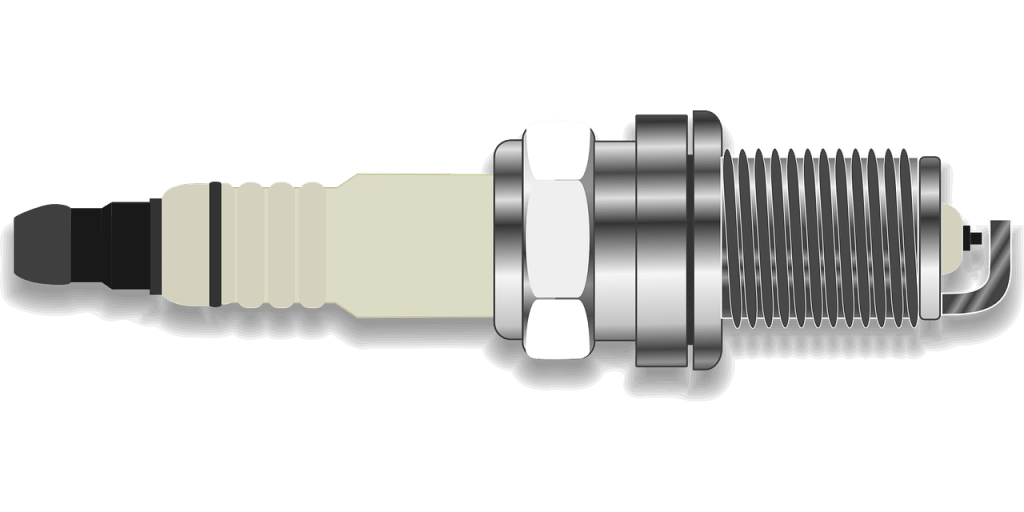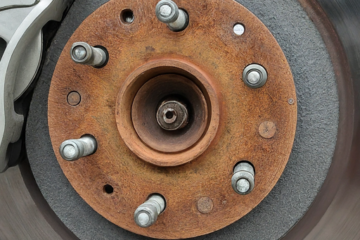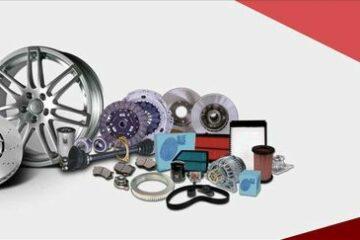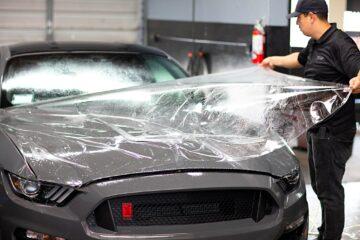Air and fuel delivery in an automotive context refers to the process of supplying the engine with the necessary air and fuel mixture for combustion. This system plays a crucial role in the performance and efficiency of an internal combustion engine. Here are some key components and concepts related to air and fuel delivery:
- Air Intake System: The air intake system is responsible for bringing in outside air into the engine. It typically includes components such as the air filter, air intake ducts, and the throttle body.
- Air Filter: The air filter removes impurities and contaminants from the incoming air before it enters the engine. It helps ensure clean air for proper combustion and protects the engine from damage.
- Throttle Body: The throttle body regulates the amount of air entering the engine based on the driver’s input. It contains a butterfly valve that opens or closes to control airflow.
- Fuel System: The fuel system is responsible for delivering the proper amount of fuel to the engine. It includes components such as the fuel tank, fuel pump, fuel injectors, and fuel pressure regulator.
- Fuel Pump: The fuel pump pressurizes and delivers fuel from the fuel tank to the fuel injectors. It maintains the required fuel pressure for efficient combustion.
- Fuel Injectors: Fuel injectors atomize the fuel and deliver it directly into the engine’s intake manifold or combustion chamber. They are controlled electronically and precisely regulate the fuel flow.
- Mass Airflow Sensor (MAF): The mass airflow sensor measures the amount of air entering the engine. It provides data to the engine control unit (ECU), which adjusts the fuel injection accordingly for optimal air-fuel mixture.
- Throttle Position Sensor (TPS): The throttle position sensor detects the position of the throttle plate and provides feedback to the ECU. It helps the ECU determine the appropriate fuel delivery based on throttle position.
Air and fuel delivery refers to the systems and components in a vehicle that are responsible for supplying air and fuel to the engine for combustion. These systems work together to ensure the proper mixture of air and fuel for efficient and effective engine operation.
Here are some key components, systems-related and common problems that can occur in the air and fuel delivery system:
- Air Intake System: The air intake system is responsible for bringing in clean air from the outside into the engine. It typically includes an air filter, air intake ducts, and sometimes a mass airflow sensor (MAF) that measures the amount of incoming air.
A dirty air filter can restrict the airflow to the engine, which can cause the engine to run poorly.
- Fuel Injection System: Most modern vehicles use fuel injection systems to deliver fuel to the engine. This system includes fuel injectors, which spray fuel in a precise manner into the combustion chambers. There are different types of fuel injection systems, including direct fuel injection and port fuel injection.
A clogged fuel injector can prevent the fuel from being sprayed into the intake manifold properly, which can cause the engine to run poorly. - Throttle Body: The throttle body controls the amount of air that enters the engine. It is equipped with a throttle plate that opens and closes to regulate the airflow. In some vehicles, electronic throttle control (ETC) systems are used, replacing the traditional mechanical linkage between the accelerator pedal and the throttle plate.
A dirty throttle body can restrict the airflow to the engine, which can also cause the engine to run poorly. - Fuel Pump: The fuel pump is responsible for pressurizing the fuel and delivering it from the fuel tank to the fuel injectors. It ensures a steady and consistent flow of fuel to meet the engine’s demands. A fuel pump that is not working properly will not be able to deliver fuel to the engine, which will cause the engine to not start.
- Fuel Filter: The fuel filter is an important component that removes impurities and contaminants from the fuel before it reaches the fuel injectors. It helps protect the fuel injectors and other fuel system components from damage.
A clogged fuel filter will restrict the flow of fuel to the engine, which can cause the engine to run poorly. If you notice any problems with your car’s air and fuel delivery system, it is important to have it checked by a qualified mechanic as soon as possible. - Oxygen (O2) Sensors: Oxygen sensors are located in the exhaust system and measure the oxygen content in the exhaust gases. This information is used by the engine control unit (ECU) to adjust the air-fuel mixture for optimal combustion efficiency.
The air and fuel delivery system is an important part of the car’s engine. If any of the components in the system are not working properly, it can cause the engine to run poorly or even not start at all.
Here are 5 signs that your car’s air and fuel delivery system needs service:
- Engine misfires. If your engine is misfiring, it’s a sign that the air-fuel mixture is not being properly combusted. This can be caused by a number of things, including a dirty air filter, clogged fuel injectors, or a faulty spark plug.
Signs of an engine misfire include:
- The car feels like it is shaking, unbalanced or rough when driving.
- The car check engine light comes on.
- Acceleration is sluggish, or sometimes, rough.
- Sounds from the engine, such as clanking, sputtering, popping, etc.
- Black exhaust smoke comes from the car.
- Rough or clunky idling.
- Noticeable lack of power or underperformance.
- Sometimes, the smell of gasoline, oil, or coolant is noticeable.
- Engine stalling.
- Poor gas mileage.
It’s worth noting that many of these symptoms can indicate other problems. If you only experience one item on the list, it may not be a misfire but something else. However, if you suspect a misfire for any reason, it is a serious problem. Make sure it is properly fixed or take it to a qualified mechanic.
Things You Should Know
- Low or inconsistent fuel pressure is a common cause of engine misfires. Test your fuel system to determine if this is affecting your vehicle.
- A broken vacuum line is another common culprit for engine misfires. Look around the engine bay for any severed or damaged rubber lines that need sealing.
- A spark plug that looks black or carbon fouled at the end means the engine was running rich (too much fuel) and may be the cause of your misfire.

- Fixing a misfire can be dangerous or require in-depth repairs, so you might need a pro. Still, if you identify the issue before going into the shop, you’ll save money.
- These are just a few examples of components and systems related to air and fuel delivery in a vehicle. Proper maintenance and regular inspections of these systems are essential for optimal engine performance, fuel efficiency, and emissions control.



